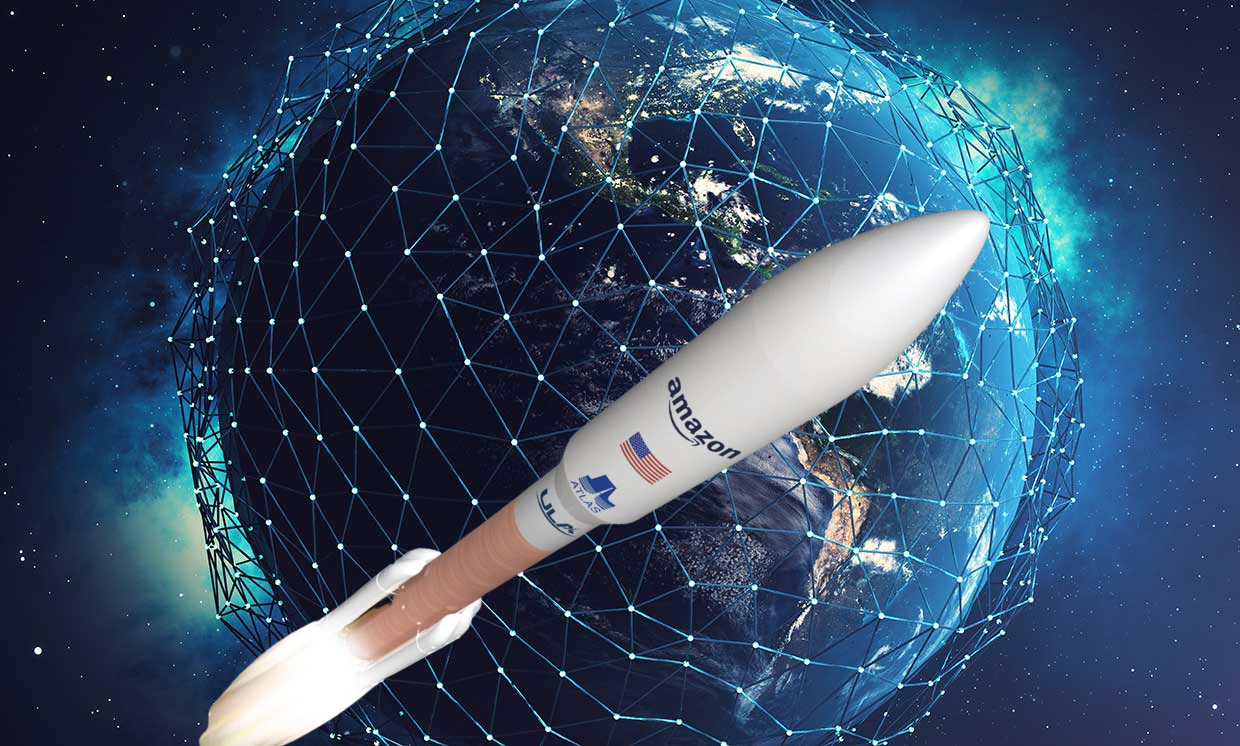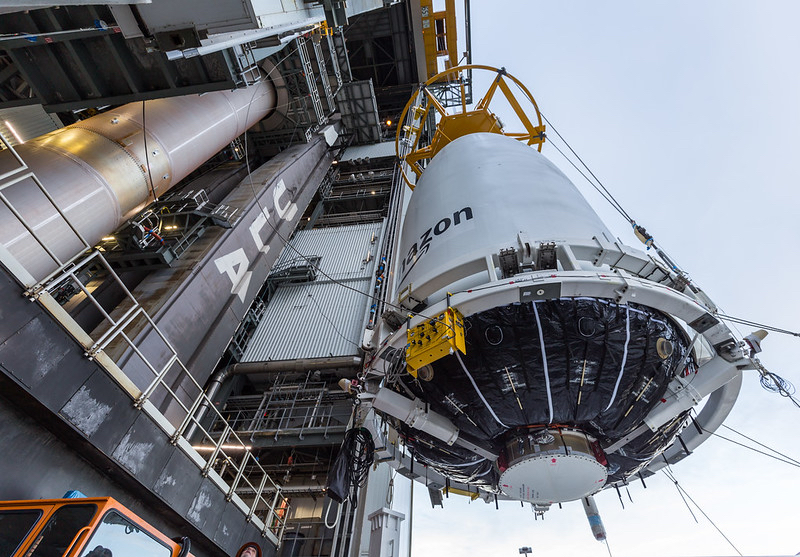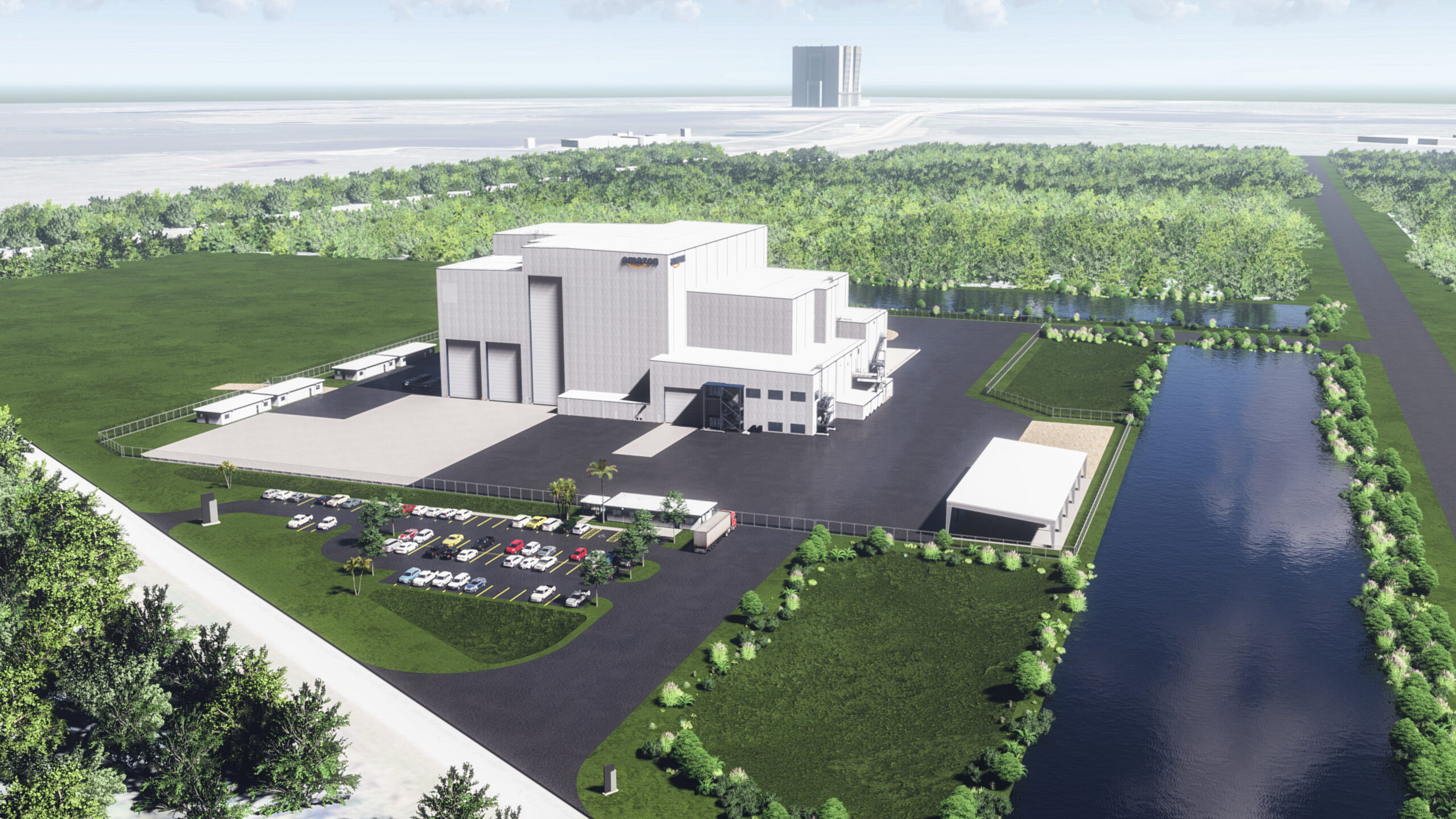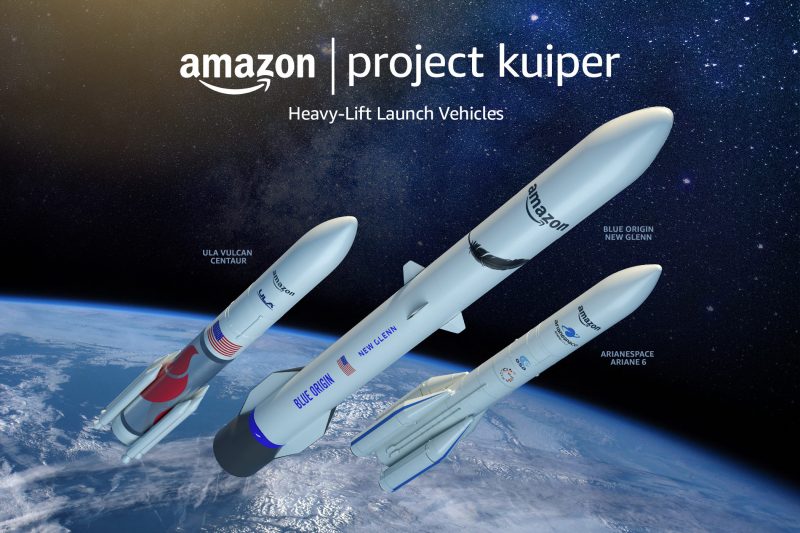Reaching for the Stars: What to Expect from Project Kuiper's Inaugural Full-Scale Satellite Launch
BlogTable of Contents
- Amazon's first Project Kuiper satellites launched into orbit
- Amazon's inaugural project Kuiper test satellites set for launch on 6 ...
- Amazon unveils satellite facility for upcoming 'Project Kuiper ...
- Amazon Changes Plans For its Project Kuiper Satellite Launch.
- Project Kuiper: Amazon’s New Bet On Satellite Internet | Space Voyaging
- Atlas 5 delivers first Amazon internet satellites to orbit on Friday ...
- Amazon's Project Kuiper Expands Satellite Services | VoIP Review
- Amazon unveils plans for 0 million satellite processing facility for ...
- Project Kuiper: Amazon manderà in orbita i primi due satelliti per ...
- Amazon signs 83 rocket launches for Project Kuiper, in largest ...

As the world of space technology continues to evolve, one of the most anticipated events in the industry is the launch of Project Kuiper's first full-scale satellite. This ambitious project, backed by Amazon, aims to provide high-speed internet connectivity to underserved communities worldwide. In this article, we'll delve into the details of what to expect from this groundbreaking launch and how it's set to revolutionize the way we access the internet.


What is Project Kuiper?

Project Kuiper is a constellation of low-Earth orbit (LEO) satellites designed to provide fast, reliable, and affordable internet connectivity to millions of people around the globe. The project was announced in 2019, and since then, the team has been working tirelessly to develop and test the necessary technology. The constellation will consist of over 3,200 satellites, each equipped with advanced communication equipment and solar panels to ensure continuous operation.


Key Features of the First Full-Scale Satellite

The first full-scale satellite, expected to be launched soon, will be a significant milestone for the project. Here are some of the key features we can expect:

- Advanced Antenna Technology: The satellite will be equipped with a state-of-the-art antenna system, designed to provide high-gain and low-latency communication capabilities.
- High-Speed Connectivity: The satellite will be capable of delivering speeds of up to 1 Gbps, making it an attractive option for communities with limited internet access.
- Low Power Consumption: The satellite's advanced design will ensure low power consumption, allowing it to operate for an extended period using solar power.
- Compact Design: The satellite's compact design will enable it to be launched efficiently and cost-effectively, making it an attractive option for future constellation deployments.


What to Expect from the Launch
The launch of the first full-scale satellite will mark a significant milestone for Project Kuiper. Here are some things we can expect:
- Initial Testing: The satellite will undergo a series of tests to ensure its communication equipment and antenna system are functioning correctly.
- Orbit Deployment: The satellite will be deployed into its designated orbit, where it will begin testing its communication capabilities with ground stations.
- Performance Evaluation: The project team will evaluate the satellite's performance, including its speed, latency, and power consumption, to ensure it meets the required standards.
The launch of Project Kuiper's first full-scale satellite is a significant step towards providing high-speed internet connectivity to underserved communities worldwide. With its advanced technology and compact design, this satellite is set to revolutionize the way we access the internet. As the project continues to progress, we can expect to see significant improvements in global connectivity, bridging the digital divide and opening up new opportunities for economic growth and development.
Stay tuned for more updates on Project Kuiper's progress and the launch of its first full-scale satellite. With its potential to transform the way we live, work, and communicate, this project is definitely one to watch.